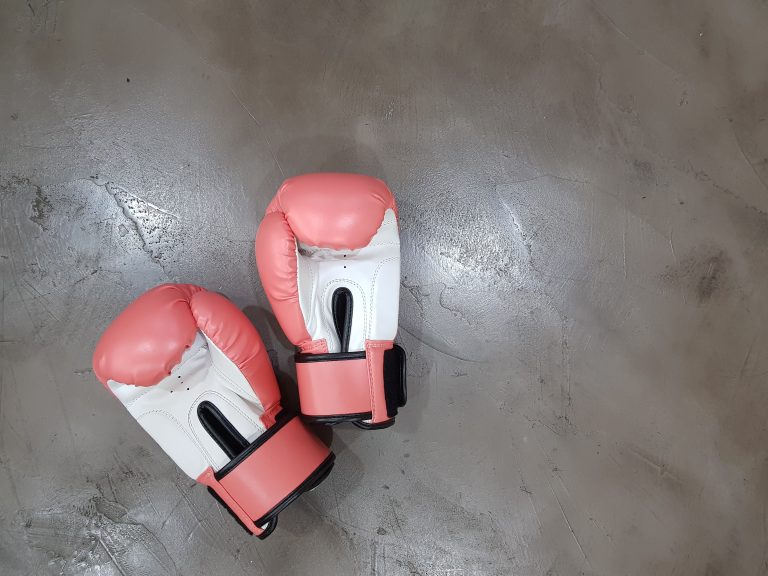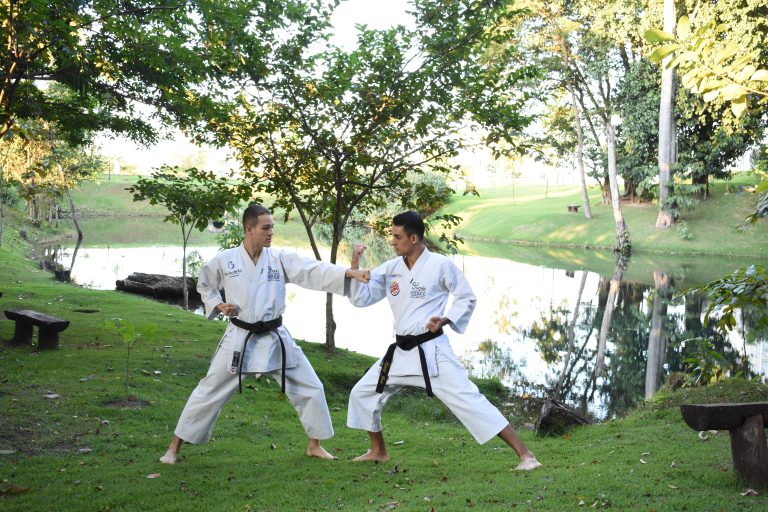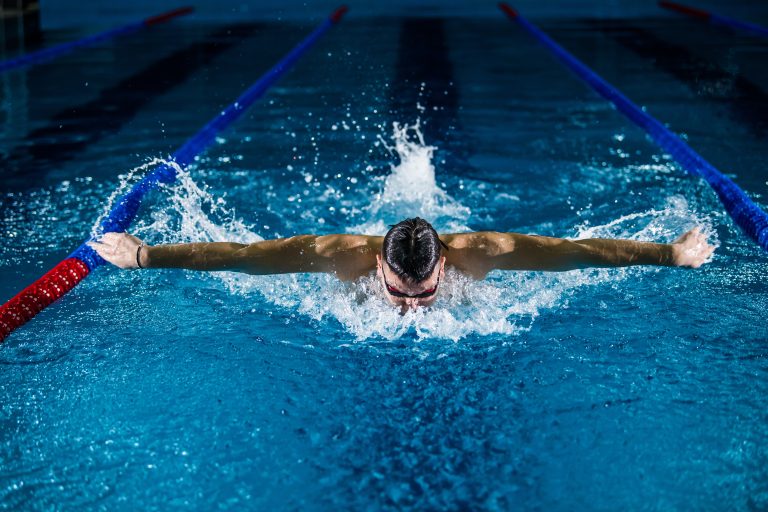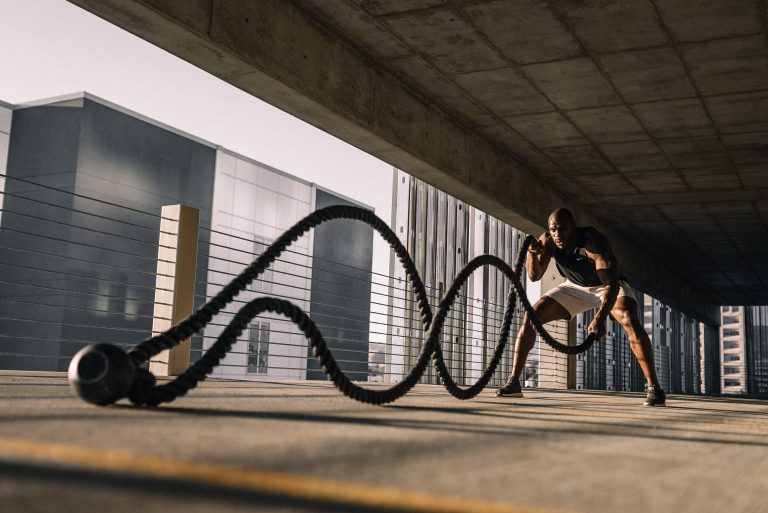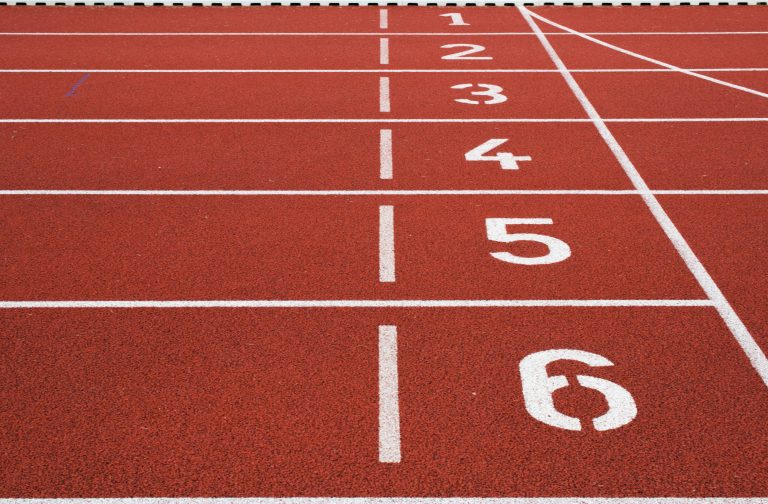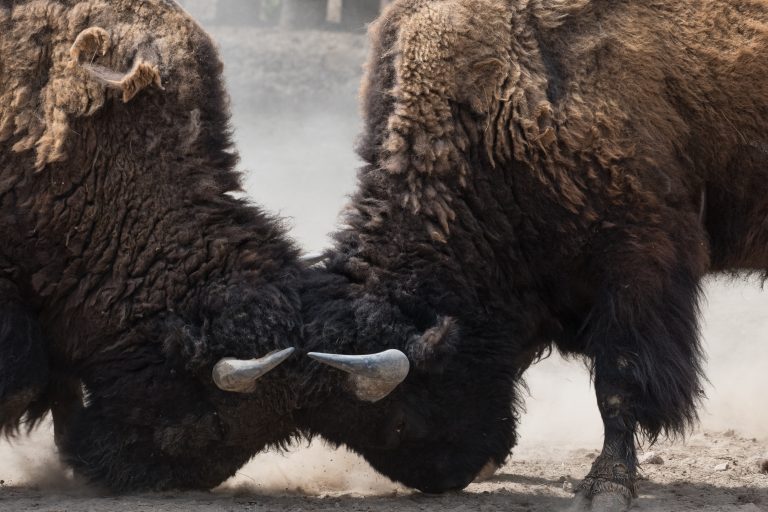What Is the Origins and History of Karate?
Karate is a martial art that has been practiced in Japan for many centuries. The roots of karate can be traced back to a province of Okinawa, where it was originally known as “Te” or “Hand”. Over time, it evolved into different styles such as Okinawan-Shorinji-Ryu, Uechi-Ryu, Goju-Ryu, and others. Although Karate is known as an art of self-defense, its roots are found in a long history of martial arts traditions.
Karate originated in the Ryukyu Islands, now part of Okinawa, in Japan. It was developed in the 1700s by the Satsuma clan as an unarmed form of combat and self-defense. The martial arts of Ryukyu eventually spread to the mainland of Japan during the 1800s, where it began to be known as “Kara-te”, meaning “empty hand”. As the techniques of Karate spread throughout Japan, the techniques were modified and refined, resulting in a variety of karate techniques and styles.
In the early 1900s, several major karate styles were developed and taught in Japan. These included Shotokan, Wado-Ryu, Goju-Ryu, and Shorinji-Ryu. Each style had its own techniques and principles, and was founded on the concept of defusing a hostile situation without resorting to physical violence. Since then, other karate styles have emerged such as Kyokushin, Uechi-Ryu, Shotokai, and Kenpo Karate.
Karate’s popularity spread outside Japan in the mid-20th century when Japanese instructors began teaching the martial art abroad. American servicemen stationed in Japan in the 1950s and 1960s were exposed to karate, which further increased its popularity. As Karate became established outside Japan, practitioners started introducing changes to the traditions they had learned while still maintaining their essential form.
Despite its success abroad, Karate has long been a source of controversy in Japan. Many people believe that it’s still associated with gangsters or secret societies and its use as a martial art is frowned upon by some. However, attitudes towards Karate have changed in recent years as it becomes more popular for its health benefits, self-defense abilities and discipline.
Today, Karate is an Olympic sport that is enjoyed by millions of people around the world. It has become a global phenomenon and continues to spread throughout the world. Karate techniques can be applied both for recreational purposes as well as for self-defense situations. Regardless of the reasons why people practice it, the importance of following traditional karate principles can never be understated.
Final Thoughts
Karate is an old martial art with a long history dating back many centuries ago in Japan’s Ryukyu Islands. Over time it evolved and spread to other parts of Japan, generating a variety of styles. In the mid-20th century, it became popular in the West thanks to American servicemen stationed in Japan. In recent years it has become increasingly accepted as both a sport and a way to practice self-defense. As people practice it around the world, they maintain essential karate principles while making changes to better suit their own needs and preferences.
Origins and History of Karate: Frequently Asked Questions
If you’re interested in martial arts, you’ve probably heard of karate. This popular fighting style has a long and interesting history, with many people fascinated by how it evolved into what we know today. In this article, we’ll take a look at the most frequently asked questions about the origins and history of karate.
What Is Karate?
Karate is a martial art that originated in Okinawa, Japan. It involves a wide range of punches, kicks, and strikes, as well as grappling and submission techniques. Karate is often associated with self-defense, as well as sport and fitness.
Where Did Karate Come From?
Karate has its roots in Okinawa, which was an independent kingdom with its own unique culture until the late 1800s. Okinawan martial arts were heavily influenced by Chinese martial arts, which were introduced to the island in the 1300s. Over time, Okinawan martial arts evolved into their own distinct styles, including karate.
When Was Karate Developed?
The exact origins of karate are difficult to pinpoint, as it evolved over many centuries. However, it’s generally accepted that karate as we know it today was developed in the late 1800s and early 1900s. This was a time of great change in Okinawa, with the island becoming integrated into Japan and Western influences starting to take hold.
Who Developed Karate?
Karate was developed by a number of different masters and practitioners over the centuries. One of the most famous early karate experts was Matsumura Sokon, who lived from 1809 to 1901. Matsumura was a key figure in the development of several different karate styles, and his teachings had a major influence on the art as a whole.
How Did Karate Develop Over Time?
Karate continued to evolve throughout the 20th century, with many different masters and schools contributing to its development. In the early years, karate was primarily practiced in Okinawa and Japan, but it eventually spread to other parts of the world. Today, karate is practiced by millions of people all over the globe, and it remains a popular martial art for self-defense, sport, and fitness.
What Are Some of the Key Elements of Karate?
Karate involves a wide range of techniques and training methods. Some of the key elements of the art include:
- Striking techniques, such as punches and kicks
- Blocking techniques to defend against strikes
- Grappling and submission techniques, including throws, joint locks, and chokes
- Kata, or formal exercises, which involve a series of movements and techniques practiced in a specific sequence
- Kumite, or sparring, which allows practitioners to practice their techniques in a live, dynamic setting
How Is Karate Practiced Today?
Today, karate is practiced in a variety of different settings. Some people practice it as a form of self-defense, while others do it for sport or fitness. Karate is also a popular activity for children, with many schools and clubs offering classes for young people. In addition to traditional karate schools, there are also many modern variations of the art, including sport karate and mixed martial arts.
What Are Some of the Benefits of Practicing Karate?
Practicing karate can have a number of physical, mental, and emotional benefits. Some of the most commonly cited benefits include:
- Improved physical fitness and health
- Increased strength, speed, and flexibility
- Greater self-confidence and self-discipline
- The ability to defend oneself in potentially dangerous situations
- A deeper understanding of martial arts philosophy and principles
How Can I Learn More About Karate?
If you’re interested in learning more about karate, there are many resources available online and in your local community. You can search for local karate schools or clubs in your area, or seek out information and resources online. Many books, videos, and online tutorials are available to help you learn the basics of karate and start practicing it safely and effectively.
Final Thoughts
Karate is a fascinating, complex martial art with a long and rich history. Whether you’re interested in self-defense, sport, fitness, or simply learning more about martial arts in general, karate is definitely worth exploring. By understanding the origins and history of karate, you can gain a deeper appreciation for this unique and powerful fighting style.
Inhaltsverzeichnis

